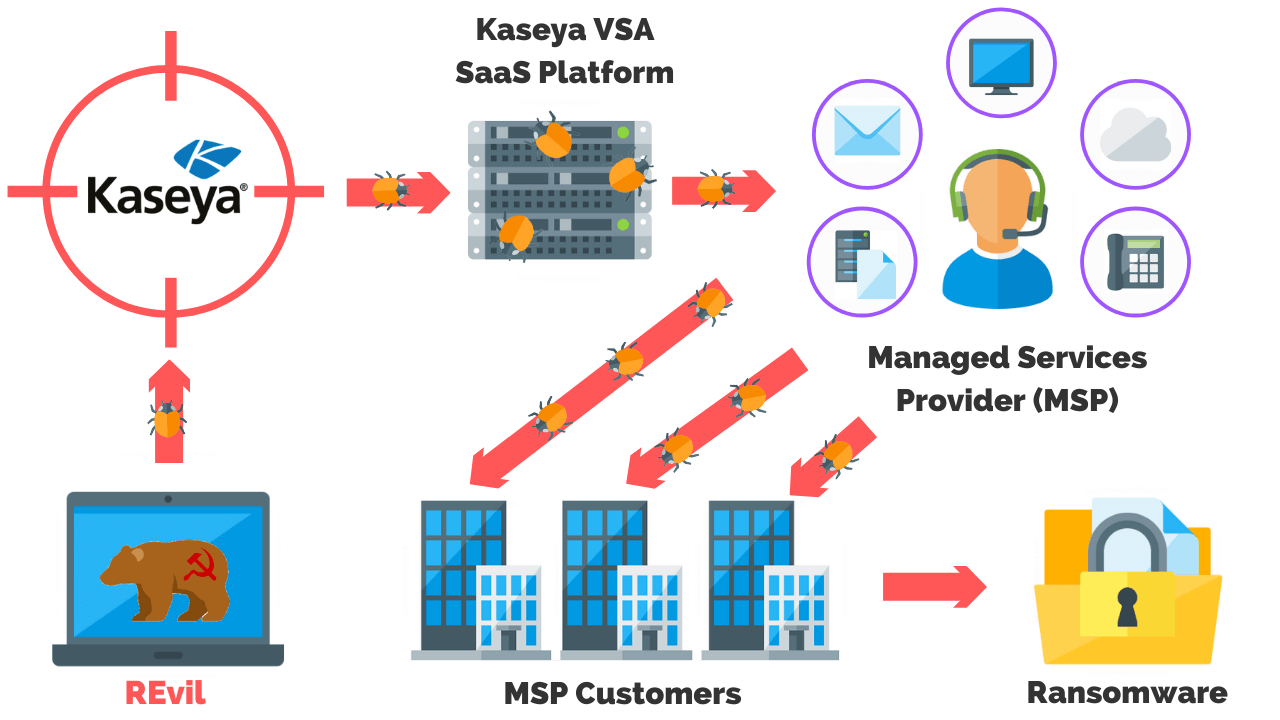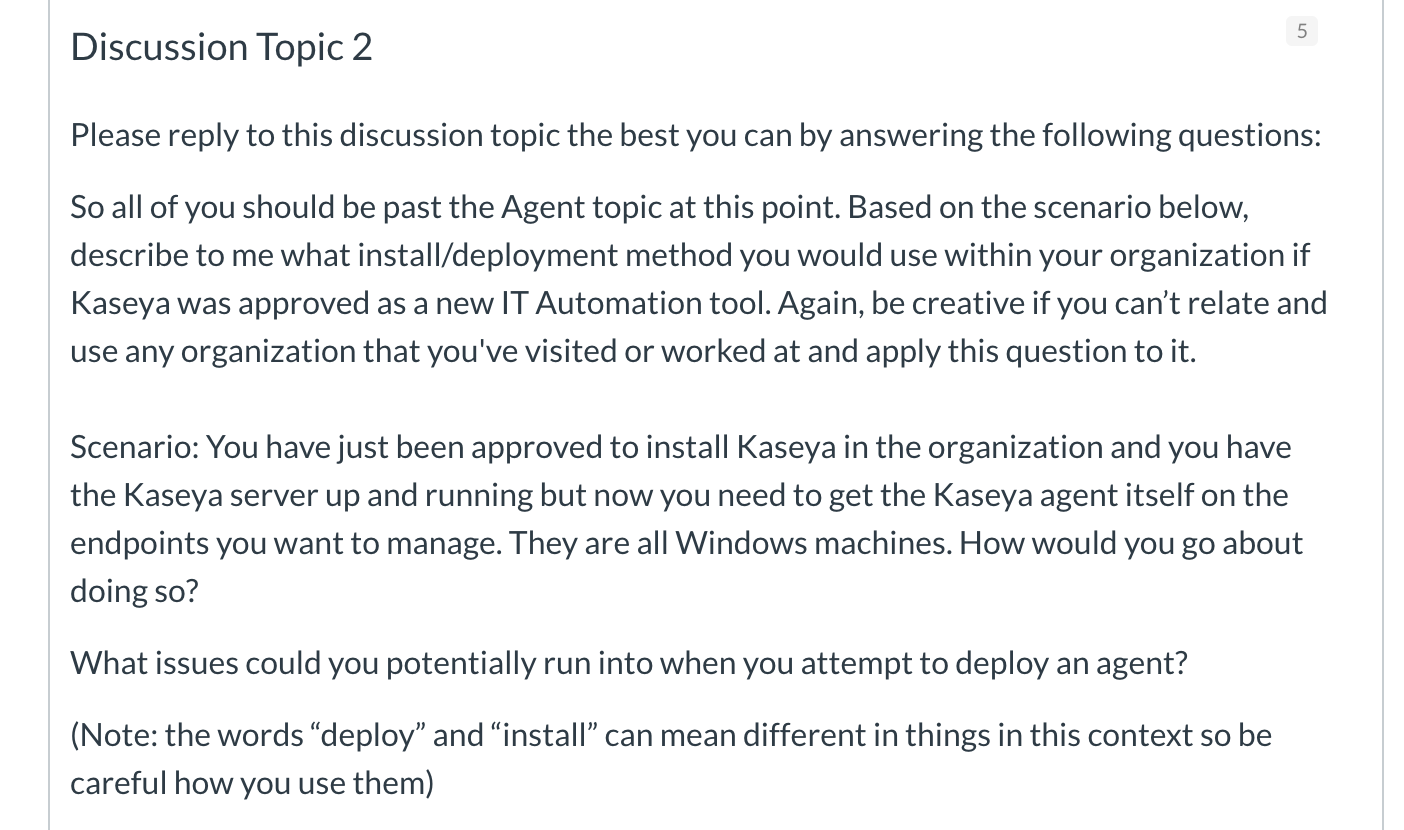

- #HOW TO INSTALL KASEYA AGENT IN ENDPOINTS PATCH#
- #HOW TO INSTALL KASEYA AGENT IN ENDPOINTS SOFTWARE#
Because these tools are the skeleton of our business, we test all of them on a 3-year rotation to make sure we're using a best-of-breed solution that will make our services faster, more effective, more efficient and produce higher reliability and better outcomes for our clients. Overall: As an MSP (Managed Service Provider) in the highly competitive IT services market, our tool set is the backbone that enables the service delivery model that differentiates us from the competition. And what would be the fun if it never went kaput.
#HOW TO INSTALL KASEYA AGENT IN ENDPOINTS SOFTWARE#
Unfortunately there is no complete coverage for all Kaseya options, but in our case it's about 80 to 90% and that saves hours and hours.Īll in all it's a pleasure to work with if things don't break, which is not too often compared to other software products.
#HOW TO INSTALL KASEYA AGENT IN ENDPOINTS PATCH#
You setup the roles per group, do they need monitoring, antivirus, patch managent, etc, etc and Policy Management does it all. In the past this could take you weeks to setup and maintain properly, but that task is mostly done by Policy Management now. You can automate cleanups by tying monitor alerts to commands. Then there's the luxury of running commands, or agent procedures as Kaseya calls them, in a heartbeat. We have remote access when we need it and can investigate problems without having to bother users and take over the machine a few times a day.

We have good security options with Webroot, Malwarebytes and Patch Management as most important parts. You get the rough shape to help you set up, but you determine what machine needs what monitoring.

Here the lego building part of Kaseya is obvious. On almost all servers we run monitoring to alert us to issues, like disk space problems, services not running or certain eventlogs popping up. Overall: We manage almost 8000 of our customers machines. Patch rollback is difficult and usually impossible (though this may not be Kaseya's fault). KAM in particular was so broken it caused us to dump the entire thing and switch to Webroot (though the Webroot integration module is a bad joke: it looks like an alpha product, nowhere near beta). Kaseya Anti-Virus and Kaseya Anti-Malware (which we used to use) frought with problems, in accurately reporting what was out there & in reliably installing or uininstalling packages. There should be one package that asks the user its OU based on a database that IT sets up. EVERY ONE OF THEM must be updated every time there is a new Kaseya client release (about four times a year). If you have more than about a dozen OUs, you will see what I mean: you must create a new install package for each OU. The way installation packages are created is terrible. "View" is powerful to *use* but clumsy and unwieldy to *manage/administer* misleading word choices in scheduling boxes Cons: Persistent, unfixed, obvious GUI issues spanning years and years after being reported:


 0 kommentar(er)
0 kommentar(er)
